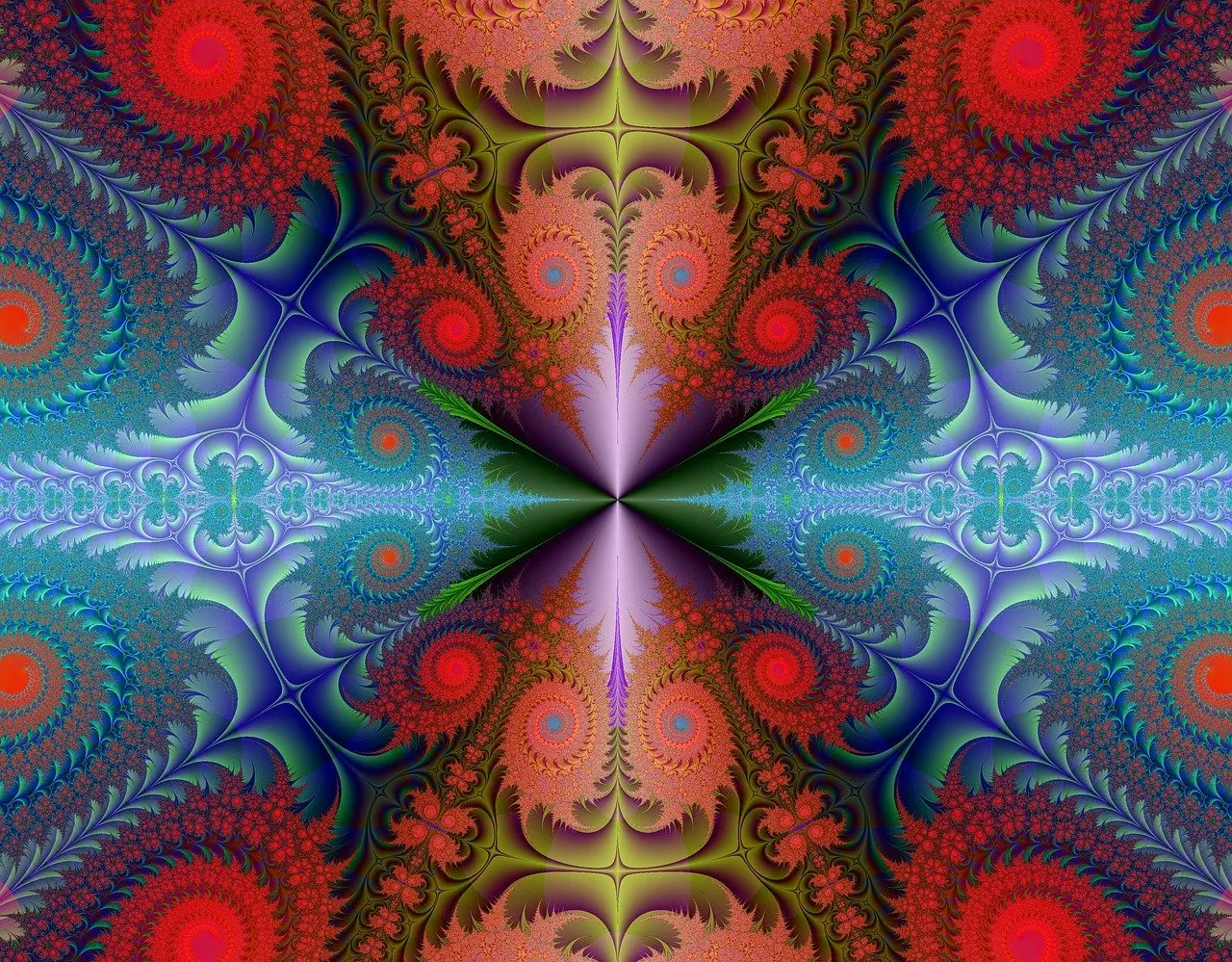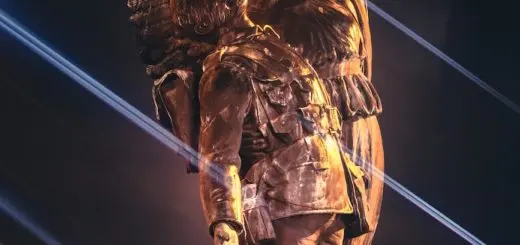Cherubim: Guardians of the Divine Glory

Looking for more amazing products? Check out our online store and explore our collection here! Happy shopping!
Before diving in, please note: This post is for informational purposes only. If you’d like to know more about how we approach topics, feel free to check out our friendly Disclaimer Page.
Hey there, amazing readers! 
We’re committed to delivering quality posts, and your support (even just sticking around despite the ads) means everything to us. So, bear with us, and thanks for helping us keep the good vibes rolling. Now, on to the fun stuff!
TRANSLATE BUTTON AT THE END OF THE ARTICLE
Introduction to Cherubim
Cherubim, often depicted as angelic beings with multiple wings and faces, are fascinating figures that have captured the imagination of many cultures throughout history.
These celestial creatures are believed to be guardians of the divine glory, protecting sacred spaces and serving as intermediaries between humanity and the divine realm.
The origins of cherubim can be traced back to ancient Near Eastern mythology, where they were seen as powerful and awe-inspiring beings associated with the gods.
Origins and Symbols of Cherubim
The word "cherubim" is derived from the Akkadian word "karābu," which means "to bless" or "to kneel." In ancient Mesopotamian culture, cherubim were often depicted as hybrid creatures with the body of a lion, the wings of an eagle, and the face of a human.
These symbols represented strength, swiftness, and intelligence, characteristics that were thought to be essential for guarding sacred spaces and carrying out divine will.
Cherubim in Ancient Near Eastern Art
In ancient Near Eastern art, cherubim were commonly depicted as winged creatures with human faces, symbolizing their roles as intermediaries between the earthly realm and the divine.
These majestic beings were often depicted in reliefs and sculptures adorning the walls of temples and palaces, serving as protectors of sacred spaces and conduits of divine energy.
The Role of Cherubim in Judeo-Christian Tradition
In Judeo-Christian tradition, cherubim are considered to be high-ranking angels who serve as guardians of the divine glory.
They are often associated with the presence of God and are believed to stand at the gates of paradise, preventing the unworthy from entering.
Cherubim are also thought to be involved in the worship of God, constantly praising and glorifying His name.
Cherubim in the Hebrew Bible
In the Hebrew Bible, cherubim are mentioned in various passages as powerful beings who guard sacred spaces and carry out the will of God.
They are often depicted as winged creatures with multiple faces, symbolizing their ability to see all things and carry out God’s commands with precision and swiftness.
One of the most famous representations of cherubim can be found in the Book of Genesis, where they are described as guarding the entrance to the Garden of Eden with a flaming sword.
Descriptions of Cherubim in the Book of Ezekiel
The Book of Ezekiel provides some of the most detailed descriptions of cherubim in the Hebrew Bible.
In Ezekiel’s vision, he sees a complex and awe-inspiring chariot driven by cherubim, each with four faces representing different aspects of creation.
These beings are described as having the appearance of fire and lightning, symbolizing their connection to the divine and their role as carriers of God’s glory.
Cherubim in Christian Art and Iconography
In Christian art and iconography, cherubim are often depicted as chubby, childlike angels with wings, symbolizing their innocence and purity.
These representations can be found in paintings, sculptures, and stained glass windows in churches and cathedrals around the world.
Cherubim are often portrayed as playing musical instruments or engaging in acts of worship, emphasizing their role as heavenly messengers of God.
Cherubim as Protectors of Sacred Spaces
Throughout history, cherubim have been associated with the protection of sacred spaces such as temples, palaces, and tombs.
In many cultures, statues or reliefs of cherubim were placed at the entrances to these spaces to ward off evil spirits and ensure the safety of those inside.
The presence of cherubim was believed to bring divine protection and blessings to the inhabitants of these sacred places.
The Cherubim and the Ark of the Covenant
One of the most famous depictions of cherubim can be found in the Bible’s description of the Ark of the Covenant.
In the Book of Exodus, God commands Moses to build an ark with two cherubim on top, their wings outstretched to cover the mercy seat.
This sacred object was believed to be the dwelling place of God on earth, and the cherubim served as a symbol of His presence among His people.
Cherubim in Islamic Tradition
In Islamic tradition, cherubim are known as "karubiyyun" and are believed to be celestial beings created by Allah to serve and worship Him.
These beings are described as having multiple wings and eyes, symbolizing their ability to see and understand all things.
In Islamic art and architecture, cherubim are often depicted as majestic beings adorning the walls of mosques and palaces, symbolizing divine protection and guidance.
Cherubim in Modern Interpretations
In modern times, cherubim continue to captivate artists, writers, and theologians, inspiring new interpretations and representations of these enigmatic beings.
From literature to film to music, cherubim have been featured in various forms, each reflecting the unique perspectives and beliefs of those who portray them.
Connect with Angels, Guides, and Master Teachers – begin here.
Whether as fierce guardians of the divine glory or as gentle messengers of peace, cherubim remain a powerful symbol of the connection between humanity and the divine.
Conclusion: Cherubim Across Cultures and Time
In conclusion, cherubim have played a significant role in the religious and artistic traditions of cultures around the world.
From their origins in ancient Near Eastern mythology to their depictions in the Hebrew Bible, Christian art, and Islamic tradition, cherubim have served as symbols of divine power, protection, and guidance.
Whether as fearsome guardians of sacred spaces or as gentle messengers of peace, cherubim continue to inspire awe and wonder in those who contemplate their mysterious and timeless presence.
Through their intricate symbolism and rich history, cherubim remind us of the enduring connection between humanity and the divine, bridging the gap between the earthly realm and the spiritual world with grace and beauty.

The Enlightenment Journey is a remarkable collection of writings authored by a distinguished group of experts in the fields of spirituality, new age, and esoteric knowledge.
This anthology features a diverse assembly of well-experienced authors who bring their profound insights and credible perspectives to the forefront.
Each contributor possesses a wealth of knowledge and wisdom, making them authorities in their respective domains.
Together, they offer readers a transformative journey into the realms of spiritual growth, self-discovery, and esoteric enlightenment.
The Enlightenment Journey is a testament to the collective expertise of these luminaries, providing readers with a rich tapestry of ideas and information to illuminate their spiritual path.
Our Diverse Expertise
While our primary focus is on spirituality and esotericism, we are equally passionate about exploring a wide range of other topics and niches 

To ensure we provide the most accurate and valuable insights, we collaborate with trusted experts in their respective domains 
Our blog originally focused on spirituality and metaphysics, but we’ve since expanded to cover a wide range of niches. Don’t worry—we continue to publish a lot of articles on spirituality! Frequently visit our blog to explore our diverse content and stay tuned for more insightful reads.
Hey there, amazing reader! 
Check out our store here and take a peek at some of our featured products below! Thanks for being awesome!












